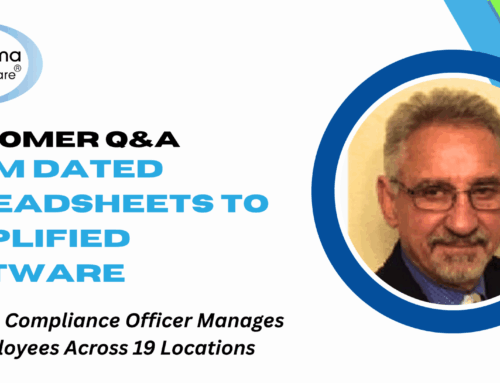
Did you know that inaccurate documentation can result in millions of mistakes in the healthcare industry? For example, regarding tracking claims documentation, 2 million mistakes can result from just 1% of documentation inaccuracies. The Office of Inspector General (OIG) plays a crucial role in overseeing compliance and integrity across the healthcare industry.
The primary focus is determining how effective, potentially wasteful, and efficient health organizations are while evaluating different aspects of their existing programs and operations.
OIG audit reports are an essential tool in this process. They are designed to assess an organization’s adherence to certain laws and regulations, help identify areas of non-compliance, and recommend corrective actions as needed. Understanding the components of OIG audit reports, the types of reports that are used in these instances, and the implications of findings that may be considered unfavorable is vital for healthcare providers to learn what may or may not be missing from their practices.
Many compliance officers know this, and they also find that leveraging advanced compliance tracking software can significantly enhance their organization’s ability to prepare compliance documentation and program structure better. Keep reading to assess whether you know everything you should about OIG audit reports.
The Components of OIG Audit Reports
OIG audit reports are comprehensive documents that include various aspects of an organization’s operations. They focus primarily on compliance with federal regulations and guidelines and typically include findings from audits, investigations, inspections, and relevant evaluations conducted by the OIG.
One main purpose is to identify potential risks to the people an organization serves while recommending ways organizations could improve their operations to reduce, if not eliminate, those identified risks.
Some of the key components of OIG audit reports include:
Executive Summary or Opening
This area should provide a concise overview of the audit objectives, the methodology, and any major relevant findings.
Audit Scope and Objectives
This section should clearly define the scope of the audit, and the specific objectives being evaluated for this purpose should also be included.
All Findings and Recommendations
Highlight any areas of non-compliance or deficiencies identified during the audit. This section will also include recommendations for corrective actions to mitigate the same occurrences.
Compliance with Regulations
The compliance section assesses the organization’s adherence to all relevant laws, regulations, and industry standards.
Audit reports are meant to satisfy everything needed for the OIG to determine how well different HHS programs are working and how to improve organizational operations. The types of reports could also be different depending on the need and range from investigation reports to audit and evaluation reports.
The Different Results You Could Expect
OIG audit reports are used to help avoid negative impacts from an OIG investigation. Organizations may be presented with various results during an investigation, ranging from civil penalties and criminal sanctions to different administrative actions being held against your company as a whole. Without the right solutions for navigating and tracking HHS OIG audit reports, your organization is at a higher risk of:
- Inadequate audit oversight
- Errors within documentation
- Implementation failure
- Noncompliance with certain regulations
By understanding the types of findings that can arise during an OIG audit and the results that could stem from those findings, healthcare organizations can proactively assess their compliance posture, better address identified deficiencies, and strengthen their internal controls and processes. All of this will help mitigate risks and enhance regulatory compliance across the organization.
Simplifying Your Compliance Efforts
The OIG suggests that organizations review their exclusion list at least once per month. This provides enough time for organizations to ensure that their programs are up-to-date and managed properly and that they are prepared to provide OIG audit report details if needed. All of this will help your compliance department remain on top of any changes issued, whether your staff remains compliant, and whether you can continue serving different government healthcare beneficiaries. Being able to prove your compliance efforts is the best way to maintain certain capabilities for your facility.









